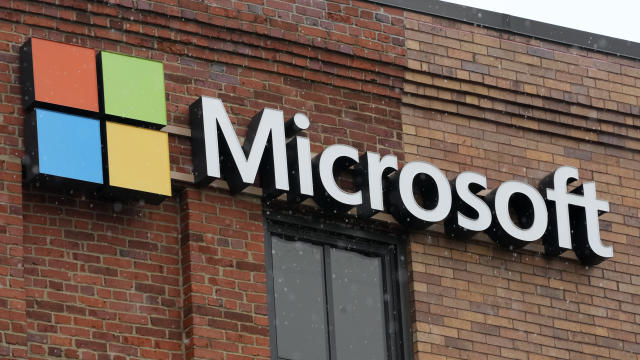In an effort to make its products more accessible to a wider audience, Microsoft has announced the addition of a new accessibility assistant to its Microsoft 365 office software.
Microsoft also revealed a variety of accessible hardware, enhancements to its existing products and services, and developments in other areas of its business, including LinkedIn, at its annual Ability Summit.
All of this takes place at a time when the business is diving headfirst into artificial intelligence. It is busy adding AI tools developed internally and OpenAI to almost all of its online services to help workers work more efficiently.
Microsoft asserts that its new accessibility assistant is designed to assist in the creation of content that is more accessible and is as simple to use as a spellchecker. Better defaults, real-time remediation, and advice to avoid and fix accessibility issues are all included. Additionally, earlier this year, the accessibility assistant was incorporated into the development environment of Visual Studio.
Additionally, the company announced that the Surface Pen’s 3D-printed attachments and grips would be available later this year. This expansion will be beneficial to a significant number of users who have access to supported Surface devices and is already available to enterprise customers who use the Microsoft Business Pen and the Microsoft Classroom Pen 2.
The Translator tool also received a useful upgrade, adding 13 more languages, bringing the total number of speech-to-text supported languages to 125.
A new Inclusive Design for Cognition Guidebook, improvements to the Seeing AI app designed to assist blind and low-vision individuals in navigating their surroundings, and other general improvements include automatic alt text for images posted to LinkedIn using Azure Cognitive Services.
The final changes made by the company are in its most recent operating system, Windows 11, which adds support for more Braille displays and enhances the built-in screen reader and narrator.
